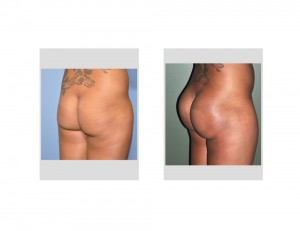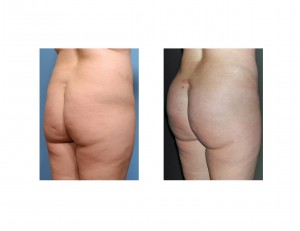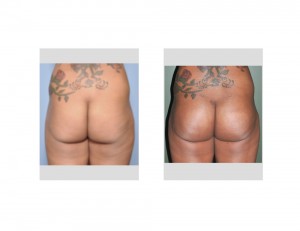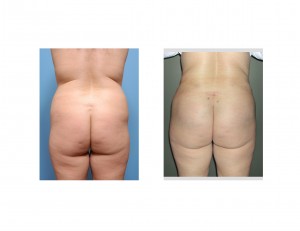Buttock augmentation has gained tremendous popularity as a surgical procedure in just the past decade. This has largely been due to the use of fat injections for buttock augmentation, an approach that offers a diametric effect with enlargement of one body area (injection site) and reduction of many other body areas (liposuction harvest) during the same procedure. While buttock implants have been around much longer, their use is a fraction of that of fat injections due to a more invasive procedure with greater risks and a longer recovery.
But despite the popularity and success of buttock fat injections (aka the Brazilian Butt Lift or BBL), it is not for everyone that desires buttock enlargement. The biggest reason is lack of adequate fat to harvest. Thin or even medium build patients may not have enough to harvest by liposuction to make an immediate or sustained buttock enlargement result. Gaining weight for a BBL can be a flawed approach since such fat volumes can be lost after surgery with dieting an exercise.
Buttock implants will continue to play a small but important role in buttock augmentation. And more buttock implants are done today than ever before because of the overall societal desire for larger and more shapely buttocks. But the rise in buttock implant procedures has given risen to some misunderstandings with their use. The main issue to consider is the pocket into which they are placed. Understanding the implications between subfascial and intramuscular location is the most important buttock implant decision.


As can be seen by their various advantages and disadvantages, buttock implant augmentation results are highly influenced by the pocket location. Besides the recovery, the biggest difference is the size of the implant that can be placed.
Dr. Barry Eppley
Indianapolis, Indiana




